
All categories
Featured selections
Trade Assurance
Buyer Central
Help Center
Get the app
Become a supplier

(1823 products available)





















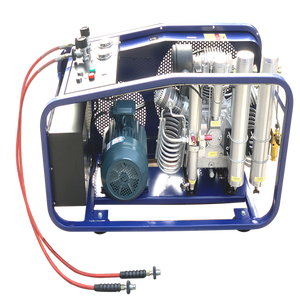

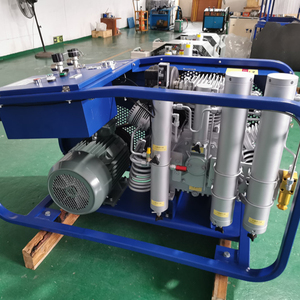










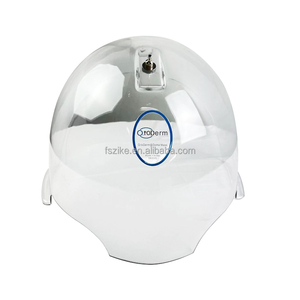
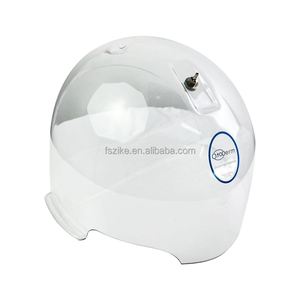
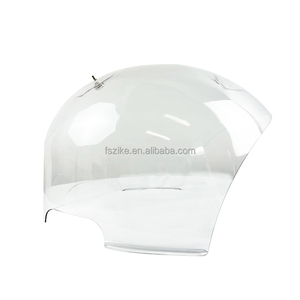
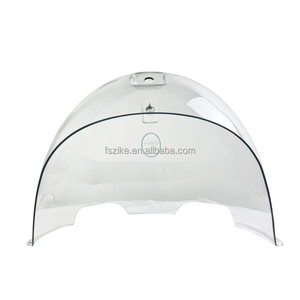
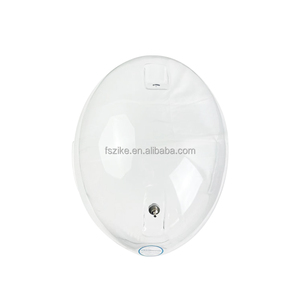













Market Size: The global facial care products market is on a growth trajectory, projected to expand by USD 39.9 billion from 2023 to 2028, with a compound annual growth rate (CAGR) of 6.51%. The increasing demand for innovative skincare solutions, including treatments like the oxygen dome, is a significant driver of this expansion. In particular, the facial mask segment, which encompasses oxygen-infused treatments, is poised to grow from approximately USD 5.1 billion in 2024 to around USD 7.2 billion by 2031, reflecting a heightened consumer focus on skin health and wellness.
Consumer Insights: The target demographics for the oxygen dome treatment include a broad spectrum of consumers, particularly those aged 25-45 who prioritize skincare efficacy and innovative ingredients. Key purchasing drivers encompass the treatment's perceived effectiveness in enhancing skin hydration and vitality, along with the appeal of natural and scientifically-backed ingredients. The rising trend of wellness and self-care has also highlighted unmet needs for holistic skincare solutions that are both effective and suitable for various skin types, including sensitive skin.
Top Brands Dynamics and Innovators: Leading brands are increasingly launching multifunctional skincare products that incorporate oxygenation technology, similar to the oxygen dome concept. For instance, recent innovations include masks that combine superfood ingredients with oxygen delivery systems, addressing the growing consumer demand for products that offer comprehensive skincare benefits. As the market evolves, brands are focusing on creating synergistic partnerships with wellness providers to enhance product offerings and cater to the holistic beauty trend.
An oxygen dome is a tent-like structure placed over a person's bed or chair. It supplies enriched oxygen and air at a higher pressure. It helps people with breathing problems. There are different kinds of oxygen domes. They include:
Home oxygen treatment
People use different devices to get oxygen at home. Oxygen concentrators take oxygen from the air and filter it for people to breathe. Portable concentrators are small and easier to take outside. Some people have standby oxygen cylinders that nurses hook up to oxygen machines. Those machines push oxygen into people's lungs through tubes.
Oxygen tents and hoods
Doctors can give oxygen in a tent or hood. The tent covers the whole bed and creates a special room. The tent connects to a concentrator and fills with extra oxygen. The patient breathes it in. The tent helps people with serious lung diseases. They receive a high amount of oxygen in a controlled space. The tent keeps their oxygen levels up without damaging their lungs.
Oxygen dome therapy
Oxygen dome therapy uses a small dome placed above a person's head while they sit in a chair. A portable oxygen machine fills the dome with enriched air. The therapy has several benefits. It can help people with long-term lung problems like COPD. They receive extra oxygen in a controlled space. It may also help people with sleep apnea. The therapy is thought to help their lungs function better as they sleep.
Hyperbaric oxygen therapy
A hyperbaric oxygen chamber increases the air pressure around the person inside. They breathe pure oxygen. The higher pressure forces the oxygen into their body. This helps them heal from certain conditions. A hyperbaric chamber treats divers who get decompression sickness from diving. It can also help people with serious infections, wounds that won't heal, or carbon monoxide poisoning. The chamber allows the body to absorb more oxygen to fight infection and repair tissue.
When selecting an oxygen dome for business use, consider the size and capacity required for treatments. Smaller models may suit home care or targeted therapy, while larger models accommodate multiple clients in spas or clinics. Look for adjustable oxygen levels to customize treatments.
Another important factor is the delivery system. Nasal cannulas provide more freedom during treatment, whereas face masks offer a tighter seal and may deliver higher oxygen concentrations. The anticipated benefits should also be considered. Research the qualifications of the manufacturer and ensure the dome contains quality materials that are durable and safe. It should have a proper sealing mechanism to prevent oxygen from leaking out.
Other factors to consider are the ease of use for both clients and practitioners, portability if treatments will occur at home, and any required maintenance or consumables. By assessing these key points, one can select an oxygen dome that best fits the needs of individuals seeking therapy.
Using a hyperbaric oxygen dome therapy tent should be done according to the manufacturer's instructions. The user should consult a medical professional before using the device. When using the dome, the following steps should be taken:
While oxygen dome tents are primarily portable and designed for easy setup and use in various locations, they can also be installed in a more permanent location if desired. The installation process involves the following steps:
Regular Maintenance:
The oxygen dome tent should be regularly inspected for tears, holes, or other damage that could compromise the seal. The oxygen delivery system should also be checked for leaks and maintained according to the manufacturer's guidelines.
Proper Usage:
The user should follow the manufacturer's instructions regarding the duration and frequency of sessions. They should also ensure proper ventilation in the treatment area to prevent the buildup of oxygen-rich gas.
Qualified Personnel:
Oxygen dome tents should be operated by trained personnel who understand the risks associated with oxygen therapy and can monitor the patient's condition during treatment.
Avoiding certain activities:
It is essential to refrain from using electrical equipment, smoking, or bringing flammable items into the dome due to the fire risk associated with high oxygen levels.
Oxygen dome therapy is a cutting-edge treatment that offers a wide range of health benefits. It does this by providing a higher concentration of oxygen in a controlled environment. Below are some key functions, features, and design components of oxygen dome therapy.
Enhanced Oxygen Delivery
The primary function of oxygen dome therapy is to provide a controlled environment where patients can inhale high-concentration oxygen. This process improves the oxygen-carrying capacity of the blood, which helps speed up the healing process and improve overall health. The oxygen also penetrates the skin, which enhances the health and beauty of the skin.
Supportive Treatment for Various Conditions
Oxygen dome therapy has been medically approved to treat various conditions such as decompression sickness, carbon monoxide poisoning, and chronic non-healing wounds. It is also a complementary treatment for conditions like asthma, arthritis, and diabetes.
Safety Features
The oxygen dome has several safety features, such as automatic pressure relief, alarm systems, and fire suppression systems.
Diverse Treatment Options
Diverse treatment options are available in the oxygen dome, such as hyperbaric oxygen therapy, oxygen facials, and oxygen acupuncture.
Comfortable and Spacious Design
The dome is spacious and comfortable, allowing for a stress-free treatment experience. It is also equipped with comfortable seating and climate control features.
Transparent Dome Structure
The dome is made with sturdy yet transparent materials that allow natural light to pass through while providing a safe and controlled environment. Its structure is also lightweight and portable, making it easy to set up in different locations.
Controlled Oxygen Delivery System
The oxygen dome has a controlled oxygen delivery system that precisely administers the required oxygen levels. This system also has a filtration mechanism that ensures the oxygen is free from contaminants.
Q1. What are the benefits of an oxygen dome?
A1. The oxygen tent therapy provides a concentrated oxygen supply. It helps people with breathing issues like asthma and COVID-19. The tent also has a soothing effect on the mind and body. It can help manage stress and anxiety. Some studies show that oxygen therapy can improve mental clarity and focus.
Q2. Are there any side effects of oxygen therapy?
A2. Using oxygen therapy at home can be safe. However, it has some risks and side effects. These can happen due to the high oxygen levels in the dome. Some people can feel nasal dryness or nosebleeds. Their chest may feel tight, or they may have trouble breathing. In severe cases, the person may have panic attacks or feel claustrophobic. The oxygen may also trigger their migraines.
Q3. Can anyone use the oxygen dome?
A3. The dome is not for people who breathe purely on oxygen. Those with COPD may have oxygen levels that get too high in the dome. It is also not safe for people with oxygen cylinders at home. The oxygen is a fire hazard. The dome is a safe option for people with COVID-19 or asthma.
Q4. Does health insurance cover oxygen therapy?
A4. Some health insurance plans cover oxygen therapy. The therapy needs prior approval from the insurance company. The therapy should also be prescribed by a doctor.